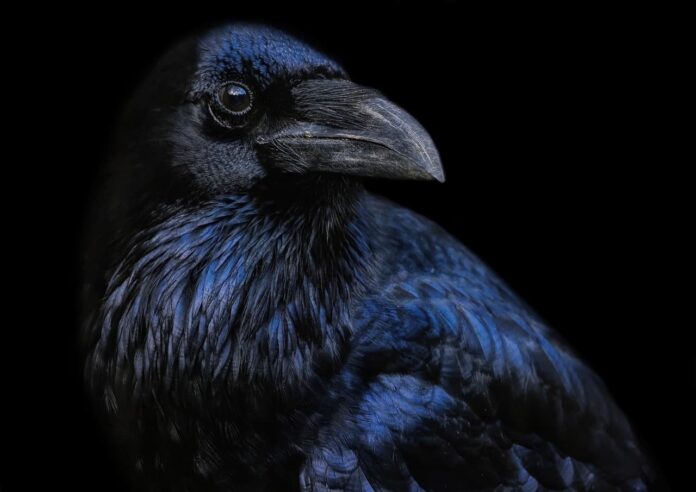Ravens are vigorous birds that are not afraid to attack humans who get close to their nest. With their black plumage and the ability to talk, raven also represents insight and prophecy. Today, we are going to see both the bright and dark sides of these fascinating birds. There will be general facts along with other information that you might not know about them. Don’t forget to share your thoughts if there is anything we should add.
1Appearance
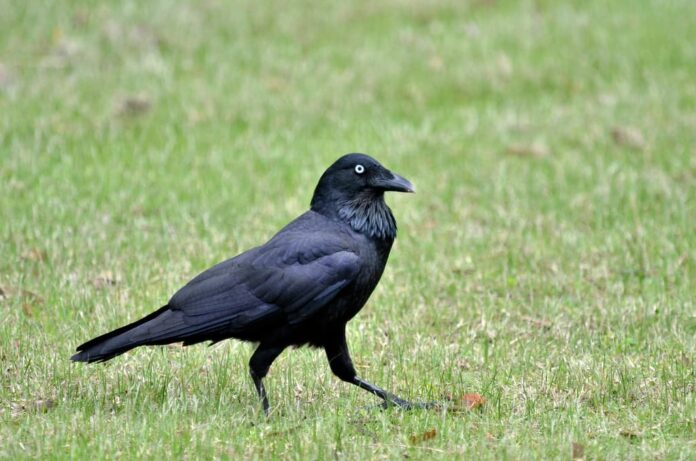
With a quick glance, people often mistake a raven for a crow because of their similar appearances. If you look closely, you can tell that ravens are larger than crows, and they have heavier bills with larger plumage. Another distinctive appearance of the raven is the lustrous feathers with blue or purplish iridescence. A common raven can be as large as 66 centimeters with a wingspan of longer than one meter. With larger wings, ravens are able to soar longer and are more stable in the sky when they fly.
Fun Fact: White ravens also exist due to a rare condition called Leucism. This condition gives them fair feathers with blue eyes, and this is quite a beauty to look at.
2Behavior
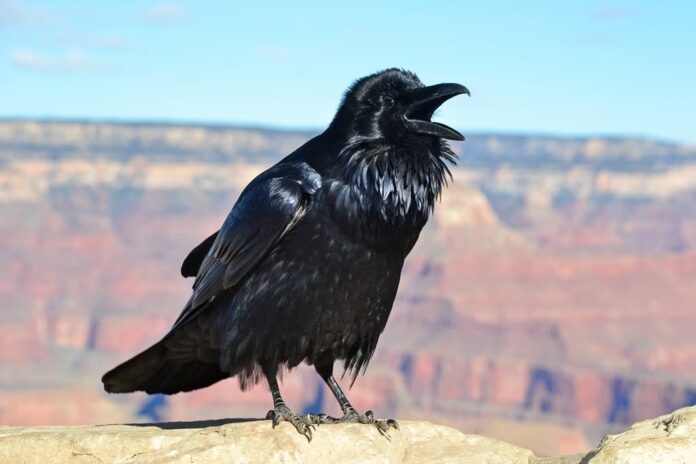
Just like other members of the same family, ravens are aggressive and noisy birds. The unique thing about them is that these dark birds have a large vocabulary. This allows them to croak, gurgle, and produce a sharp metallic “tok” sound. On top of that, they can also imitate human speech along with other sounds. In fact, some ravens can learn to better than some parrots out there. That is because they can mimic the sound of other animals and other things like car engines or toilet flushing.
Because of their mischievous nature, ravens seem to be adorable to some extent. Some of them use snow-covered roofs as slides, roll down snowy hills, and even play keep-away with other animals. Another interesting thing is that they also make toys by using golf balls, pinecones, rocks, and sticks to play with each other.
When it comes to relationships, ravens mate for life and they live in pairs in a fixed territory. The couple lives in the nest with their young until the children reach adolescence and leave home. As they leave home, young ravens will live in a gang of the same young birds before they start pairing. Not different from crows, ravens are also capable of feeling empathy towards one another. When a raven’s friend loses in a fight, it will console its friend.
3Feeding & Habitat
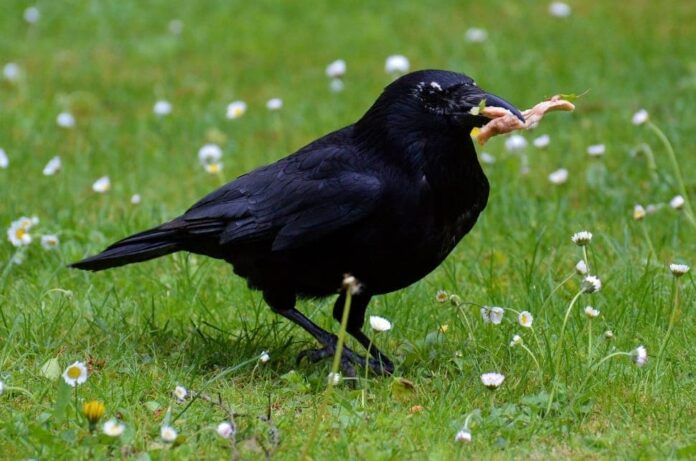
Ravens are omnivores and scavengers so they feed on almost anything. Their most favorite courses on the menu are baby tortoises, beetles, berries, buds, dug, eggs, fish, grains, grasshoppers, mice, pet food, and scorpions. Sometimes ravens hunt in groups, and they are able to kill and trap prey twice their size. Along with that, they also eat roadkill if they don’t hunt their own prey. The cool thing about ravens is that these birds store extra food away in secret hiding places.
Ravens are adaptive birds so they can live pretty much anywhere from urban areas and forests to deserts and tundra. These birds can live in various climates and conditions although they prefer wooded areas with open land nearby. That is because it allows them to build their nest and find food to feed their young easily. In case they are stressed from vast degrees changing in environment, they will migrate great distances.
4Predators & Threats
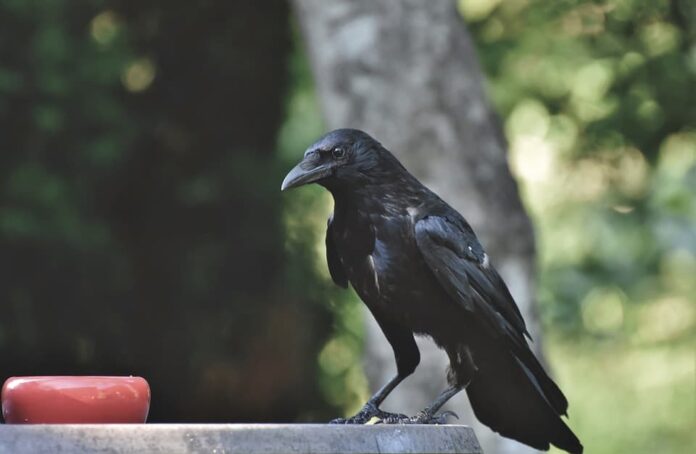
Since ravens are quite large, their predators are mainly the raptors with a larger size than theirs. Those include bald eagles, golden eagles, great horned owls, peregrine falcons, etc. There are also some other predators that attack raven eggs such as eagles, marten, and owls. In some cases, cougars, coyotes, and lynxes are also known to attack ravens. As for their population, it keeps on expanding which makes them the largest passerine birds in North America. Thanks to their ability t live in different areas and conditions, their population is not threatened at all.
Fascinating Dark Facts About Ravens
- Some Native American tribes worshipped raven as a deity and a sly trickster.
- In ancient stories around the world, ravens are associated with bad omens, death, illness, and even war.
- In France, people believed that ravens were the souls of wicked priests while crows were wicked nuns. As for Germany, people believed that ravens were the incarnation of the damned souls of Satan.
- Ravens have “Episodic Memory” which is similar to the memory of humans and other primates. This allows them to remember human faces and other characteristics associated with an emotion or event. So if you cheat on them or harm them, they will hold a grudge for up to one month. Some are known to revenge in a group if you harm one of the members.
What Are The Differences Between Crows & Ravens?
- There are several features that you can notice to distinguish ravens and crows:
- Ravens have larger and thicker curved beaks.
- Ravens are entirely black from head to toe including their beaks.
- A crow’s call is a cawing sound while a raven’s call is a deep croaking sound.
- Ravens are often seen alone or in pairs while crows often fly or feed in a group.
- Crows are similar in size to doves while ravens are larger with the size of a red-tailed hawk.
- A crow’s tail feathers are the same in length, and tail feathers appear in the shape of a fan. A raven has longer middle tail feathers with wedge-shaped when extended for flight.
Fun Fact: A group of crows is called Murder while a group of ravens is called Unkindness, Conspiracy, or Treachery.
Related Post: Things You Don’t Know About Woodpeckers

